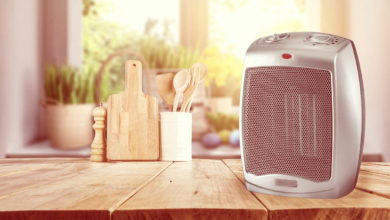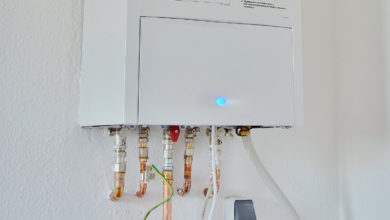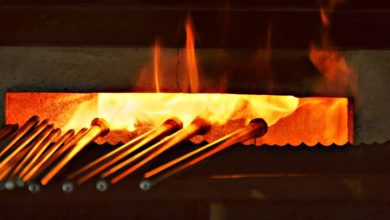If you own and use your portable kerosene heater, you will know from personal experience that they are very good at what they do – ie keeping you warm! However, because they rely on burning fuel with an open flame, naturally they also come with several safety hazards – like the risk of fires and explosions, burns, asphyxiation from incomplete combustion causing carbon monoxide production, and the generation of other harmful air pollutants. Fortunately, you can avoid or minimize these hazards by adopting certain common-sensical safety measures, including the following:
Choosing the right model: be sure your heater contains a recognized label/stamp of approval indicating that it meets the minimum acceptable fire safety standards for your country, state or county. Never get an older, second-hand kerosene heater. Ideally, you will have one of the latest models, that also comes with features specifically included to minimize safety hazards, for example, a safety shut off device in the event that it tips over, and a battery-powered lighting mechanism (which prevents the need for you to light matches).
Ensure adequate ventilation: keep doors to adjacent rooms in the house open or ajar, and make sure there is always a source of FRESH in the room by keeping external doors and windows slightly ajar. That way pollutants like carbon monoxide and other harmful pollutants don’t build up and you won’t be asphyxiated etc. This is especially important if you are using the heater as you sleep – in fact, if you are really concerned about the latter, it is best to leave the heater off entirely overnight.
Keep your heater well maintained: clean the wick regularly in accordance with the manufacturer’s instructions. Remove dust and dirt periodically too.
Reduce fire risks: reduce fire risks by wiping up any kerosene that spills over. Ensure the heater is placed well away from furniture, clothes, curtains and anything else that is potentially combustible. Also remember to keep the heater well away from any flammable solvents, gasoline, aerosols – anything in other words that could produce a fire if it happened to come in contact with an open flame.
Use the right fuel: Use the best grade kerosene available, it will be better for the heater, and will give off fewer pollutants that could cause health issues, fire or explosion. Never utilize used or lower grade fuels, and don’t mix fuels. Never use a gasoline container to store kerosene! Kerosene mixed with gasoline raises a huge fire risk. Clearly, label all fuel containers and keep well away from each other.
Install a safety cage: to keep away small children and pets and prevent burns.
Never move a lighted heater! It could cause you to get burnt, or could start a fire if you drop it. Extinguish the flame first, THEN transport the heater.
Again, turn it off before going to sleep. Having a kerosene heater running unmonitored for hours at a stretch is NOT a good idea whatever way you cut it.
Operating a kerosene heater in your home doesn’t have to be an accident waiting to happen. By following these simple safety precautions to the letter you should be able to run your beloved heater without causing injury to yourself or others. Happy heating!





